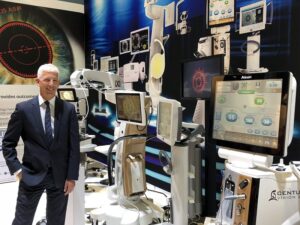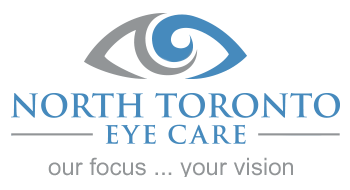 At this year’s annual meeting of the American Society of Cataract and Refractive Surgeons (ASCRS) held in Washington D.C. technology and clinical updates were the focus. Nailing refractive outcomes was a frequent theme as no longer is getting 75% accuracy within 20/20-20/40 post op results acceptable.
At this year’s annual meeting of the American Society of Cataract and Refractive Surgeons (ASCRS) held in Washington D.C. technology and clinical updates were the focus. Nailing refractive outcomes was a frequent theme as no longer is getting 75% accuracy within 20/20-20/40 post op results acceptable.
With modern technology as we have at North Toronto Eye Care (NTEC) and North Toronto Eye Surgery Centre (NTESC) such as the recent advances in biometry using Haag Strait Lenstar and Nidek OPD along with Verion, a new astigmatic computerized marking system, patients should expect upwards of 80-90% 20/20-20/40. Patients can expect to see at all ranges of vision after cataract surgery with the latest trifocal lenses from while optical quality and night light issues as well as intermediate (computer vision) are still considered best with the Symfony lens from Johnson and Johnson.
Exciting advances in corneal cross-linking for keratoconus patients are coming soon with explosive research being done in that field. Classic eye drop approach to treating glaucoma is being challenged by the new MIGs (microincisional glaucoma devices) tiny tubes and stents that can easily be placed in the drainage channels of the eye at the time of cataract surgery. New diagnostic technology for dry eye is evolving and changing the paradigm of recognizing how important dryness is in our vision satisfaction rates of our patients receiving multifocal lenses.
Dropless technology is around the corner where patients soon won’t have to take endless daily drops before and after cataract surgery. Instead, a tiny intraocular Depot of sustained release medication will simply be implanted into the eye at the conclusion of the surgery.
